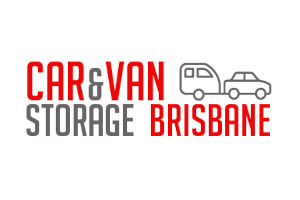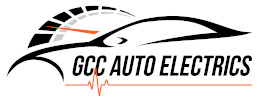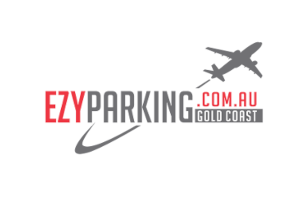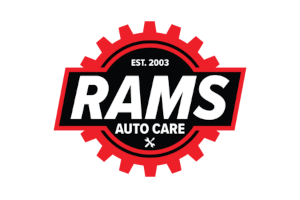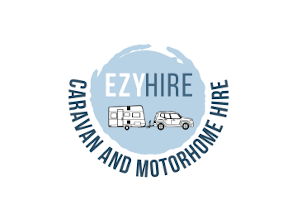Gold Coast Ecommerce Website Design
Gold Coast Ecommerce Website Design - Wordpress, Shopify & Joomla

Why an ecommerce website?
Australia has gone from a slow adopter of online shopping a decade ago to recording the highest growth in the world in percentage terms in 2020. Through the pandemic years online sales surged and Australia is now the 11th largest ecommerce market in the world with a year on year growth rate of 15.5% post pandemic. 75% of Australians now shop online and they spend an average of $228 per week online. That is the average across all age groups. Gen Y are spending an average of $308 per week online.
In August 2021, online sales made up 15% of all retail spending. This is an enormous jump from just 7.1% in March 2020. Obviously these figures were distorted by the pandemic but evidence suggests that while the grouth may have slowed, the newfound advantages of online shopping have permanently changed shopping habits. The number of retail businesses with an ecommerce website has jumped to meet the market needs and those businesses without an online outlet are suffering. A parallel trend is the rapid escalation in property prices and rents meaning that traditional retailers are paying higher rents than ever before while servicing an every smaller share of the market. The very survival of retail businesses may depend on the strength of their ecommerce outlet.
Ecommerce Website Options
There are literally hundreds of ecommerce platforms available to choose from and they are by no means equal. Even some of the most high profile website platforms are limited in functionality. This is especially true for Australia retailers as most platforms are targeted toward US businesses and don't offer as much choice in local payment and shipping options. It is essential to fully document your needs before committing to a platform otherwise you may make an expensive mistake. We were approached by a small business owner who had built an ecommerce site on a well known DIY platform and wanted some help with the last 10%. On analysis, we found that they needed size and weight based shipping but this American platform didn't offer any way of achieving this for Australian businesses. It was flat rate shipping or nothing. The project had to be scrapped and restarted on a suitable platform.
Having worked with ecommerce websites for nearly 20 years, we have narrowed the platforms we recommend for most businesses down to three. They are Shopify, Joomla/Hikashop and Wordpress/Woocommerce and we recmmend the most suitable for each platform on a case by case basis. No platform is the best for all applications which is why it is important to avoid ecommerce website developers that exclusively use any one platform or cms.
- Shopify ecommerce websites have the best options for multi channel sales with easy integration with Facebook shops, Amazon, Google etc. They also have an excellent POS solution so that in-store sales adjust available stock in real time. Shopify sites also tend to be the lowest maintenance but there are some limitations in shipping options on some plans and adding too many plugins can become very expensive. Because it is a managed platform, Shopify does restrict you from selling some types of product (eg. tobacco, e-cigaretts, guns etc)
- Joomla/Hikashop is a great option for stores that need any external integrations. It also has one of the easiest and fastest methods of creating product variants or "child products" as well as customisable products. This can save many hours for sites welling products that have a lot of variants like lash extentions. It is also low maintenance and most plugins are already included in Hikashop so no unexpected expenses or compatibility issues.
- Wordpress/Woocommerce often is desirable because it fits neatly into the existing website infrastructure of the business. Woocommerce is a plugin for Wordpress and can be added on to an existing Wordpress website and take advantage of existing Google rankings. It is on the otherhand higher maintenance than other preferred platforms and you can find yourself having to purchase multiple plugins to meet your needs.
Ecommerce Website Design - Keep It Clean
Once you have documented your needs and selected the platform/cms you can start on the actual website design. Funtionality is key. Your goal should be to make it as easy as possible for a potential customer to spend money with you. That means clean, easy to follow navigation and a minimum of distrations. The more products and product categories you have, the harder it is to achieve simple navigation but it is worth the extra effort. No-one wants to have to click on 5 different menu options before they even see the product they want. Ideally, to find products not on the home page the customer should be able to click on a dropdown menu and select a relevent product category in order to get to see the appropriate product list. This may mean adding each product to multiple categories. An easy search option is also a necessity as is ensuring that the most common key search words are included in the product description of custom search fields to make them easily found. Too often site owners will simply add the product name and a generic description from the supplier. This is a lazy option that will cost you sales.
It is also important to remember that not everyone shopping online is like you. 18% of Australians live with some form of disability so the site needs to cater for things like vision impairment. WCAG compliance plugins are available for all of the platforms we recommend and they are an important addition.
Websites With The Human Touch
It is important to remember that just because somene is shopping online doesn't mean they don't want to interact with a person. We recommend having multiple ways a customer can contact you including an easy to use chat function on the site such as a link to your Facebook Messenger account so prospective customers can ask questions in real time. This must be at their convenience though. Don't annoy customers with popups distracting them from their goal of buyng your product. Popups are also a Google Ranking killer.
In Summary
- Don't entrust your ecommerce website design project to a single platform developer
- Document your needs including payment options and shipping options before settling on a platform/cms (see our free planning guide)
- Make sure your website developer takes the time to understand your business
- Remember no single website platform/cms meets the needs of all businesses
For a free zoom consultation to discuss your ecommerce goals contact us HERE or on messenger.







